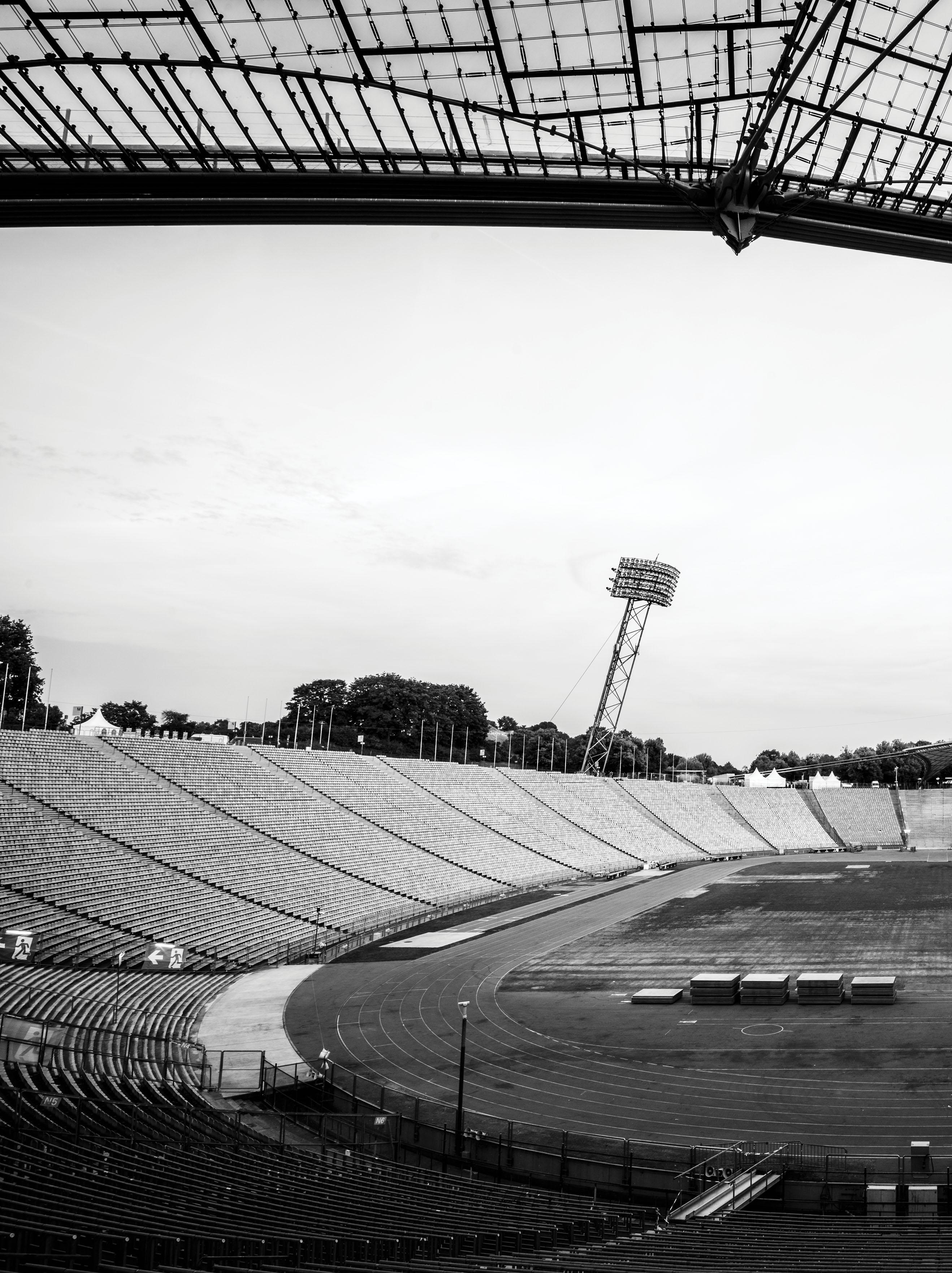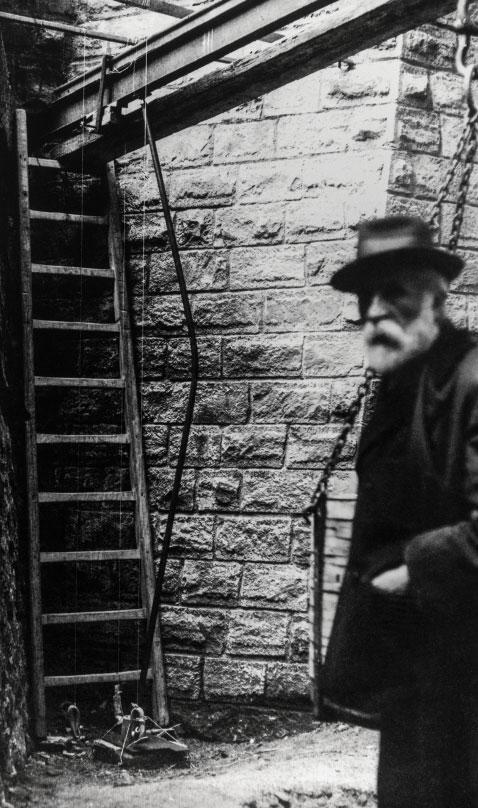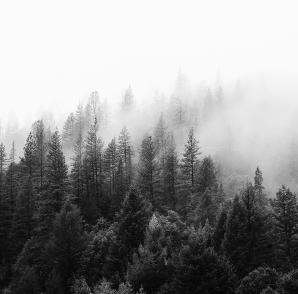
3 minute read
Frei Otto
bi b ol og o y an d st ru r ct ure

Advertisement

Munich, Germany Frei Otto 1972

FREI OTTO relationship revision between the construction element and the entirety
Frei Otto became a legend in the fi eld of hanging natural constructions as well as one of the most innovative architects of the 20th century. He won the Pritzker Prize as one of the most important architectural prices until today. His work method was constantly crossing boundaries between disciplines like architecture, construction, biology, mathematics with the aim of ecologically minded engineering. In 1958 he founded the Institute for Development of Lightweight Constructions, a private research institute in Berlin. In the early 60´s he started the research group Biologie und Bauen together with the biologist Johann Gerhard Helmcke at the Technical University of Berlin. He was also appointed to lead the Institut for Lightweight structures (IL) at the University of Stuttgart in 1964. After completing construction projects for the German Pavilion at Expo 1967, roofi ng for the Olymic Games in Munich 1972, Multihalle Mannheim in 1975, he initiated the collaborative research centre SFB 230 at the University of Stuttgart and University of Tübingen. Frei Otto analyzed natural forms such as bones, cells, stem and stalk, diatoms, spider webs, and soap bubbles. Interpretation of his knowledge shows more than 400 models, which fi gure in his thinking, research, and design processes.
Program lightweight structure Since the Industrialization the dematerialization and lightweight became indicators of modernization, just like statically calculated and economically planed design. Even in the Bauhaus approach, the dematerialization from objects and equipment meant breaking free from the heavy and massive architecture, which during National Socialism was supposed to create an impact of eternal duration through its monumentality and massiveness and represent the power of the country. Frei Otto disliked all symbols of this period transmitted into marble and granite. His goal was the minimization of mass, material, and energy, as well as fostering adaptability and changeability, building lightweight and transient. Lightweight buildings were intentionally designed to be possibly rebuilt or disassembled, which doesn´t transmit any representations claim. This buildings were his answer to national socialist architecture.
Frei Otto and biology Not only biology has become indispensable for building, but also building for biology.
Frei Otto
This quote expresses the importance of building in material-effi cient, energy-saving, environmentally friendly and cost-effective design systems. He was interested in the basics of architecture. And the basis of architecture is construction. Therefore he was researching natural construction. What is meant by natural construction and how can construction be natural? He sees even the objects of nature as constructions. All of them have a body, are built from molecules, they all are infl uenced by forces. Reverse bionics is a way of describing his approach. He already knew quite early that spider webs can create similar shapes as his rope tensile structures. Going the way of reverse bionics, he could investigate the spider webs nearer and compare them with his methods of tensile structures and evaluate performance capability. He then asked specialists of biology to prove his hypothesis and especially to investigate the knot connections and anchor points. The result helped to gain a better understanding of technical web structures.
In general, ‘lightness’ was seen as the governing criterion guiding architecture and technology into a sustainable future. This perspective was shared by many architects and engineers at the end of the 20th century, but only a very few postulated it as radically as Frei Otto.
Jan Knippers
He brought together architects, engineers, biologists and most different fi elds, that even weren´t connected to architecture at this time.
Robert Roithmayr










